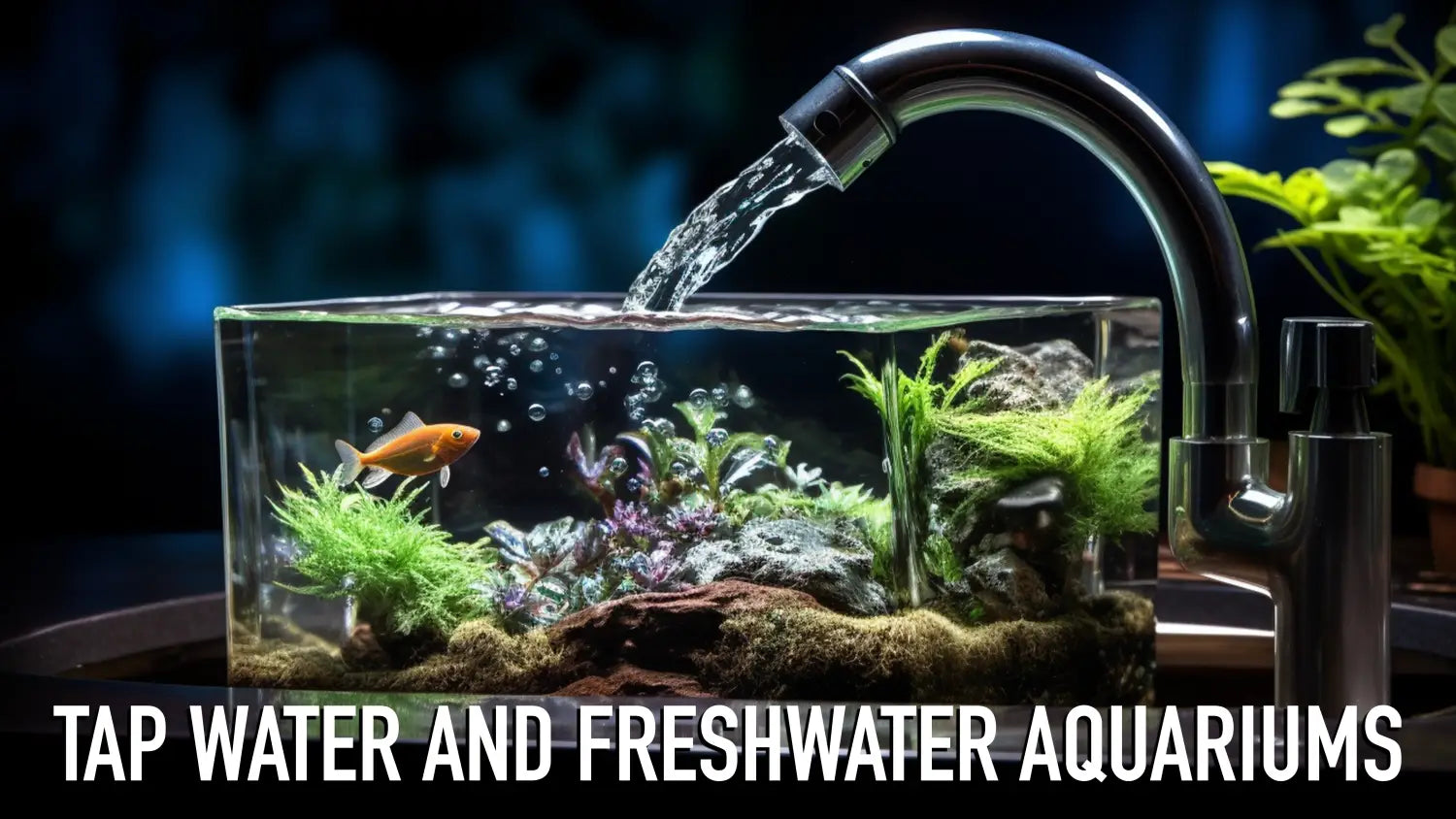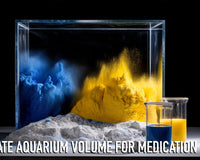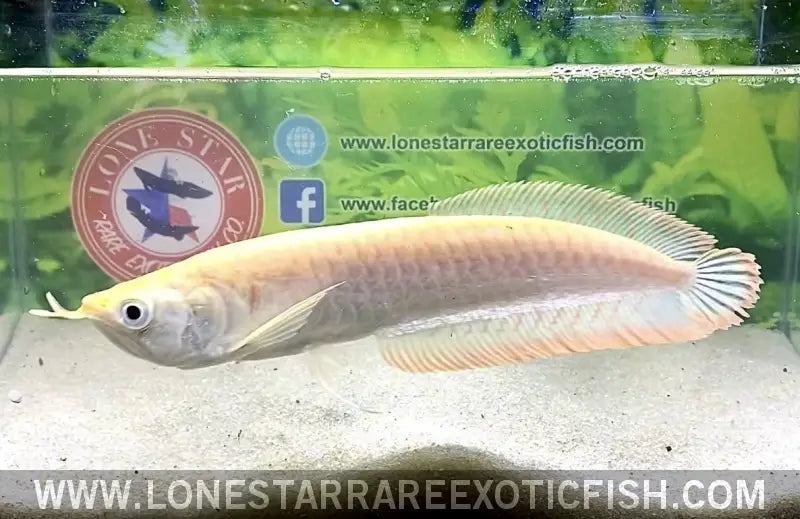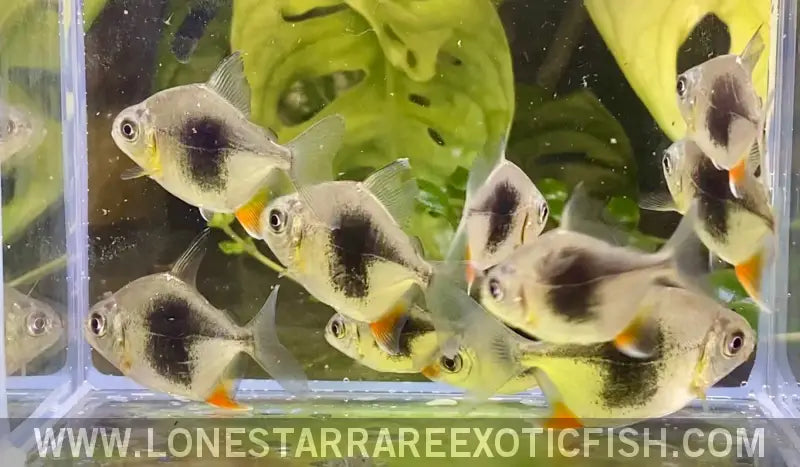A thriving aquarium is the culmination of several intricately balanced factors. Among the foremost is water quality, which can be influenced significantly by tap water's characteristics. This guide delves into the crucial parameters and chemical constituents of tap water, exploring their impact on the aquatic ecosystem.
Tap Water and its Characteristics:
- Source of Water: Whether the primary source is a river, lake, reservoir, or underground aquifer can dramatically influence the water's characteristics.
- Local Geology: Regions with limestone or chalk deposits often have water that's "harder" (higher GH and KH) because of the dissolution of calcium and magnesium into the water. In contrast, areas with granite or sand might produce "softer" water.
- Water Treatment Processes: Municipal water treatment often involves adding or removing minerals and chemicals, which can affect water hardness and pH.
1. Foundational Parameters: pH, GH, and KH
pH - Acidity and Alkalinity in Focus
- What is pH? A measure of the hydrogen ion concentration, pH indicates how acidic or alkaline the water is. Ranging from 0 (acidic) to 14 (alkaline), 7 represents neutral water.
- Impact on Aquariums: Each aquatic species has evolved in specific environments with distinct pH values. Sudden shifts can result in stress, decreased immune response, or even mortality. Additionally, pH can influence biological processes and plant health.
- Regulating pH: Regularly monitor pH with test kits or digital meters. To adjust, incorporate natural methods like driftwood (to lower pH) or crushed coral (to raise pH).
Tap water's pH can range from acidic to alkaline based on the source and treatment. For instance, water from forested areas with a lot of organic decay might be more acidic.Water treatment plants sometimes add lime (calcium hydroxide) or soda ash (sodium carbonate) to prevent pipe corrosion, which can raise the pH.
GH - Deciphering Water's "Hardness"
- Understanding GH: GH measures the dissolved magnesium and calcium ions, indicating water's "hardness." High GH denotes hard water, while low signifies soft water.
- Aquatic Implications: Fish species originate from varied hardness conditions. Sudden changes can adversely affect their health, molting in invertebrates, and certain breeding conditions.
- Manipulating GH: Use GH test kits for monitoring. Increase hardness with crushed coral or commercial additives. To decrease, integrate distilled, rain, or RO water.
Tap water in areas with limestone, chalk, or other calcium-rich rocks will naturally have a higher GH. Some regions, especially those relying on mountain snowmelt or rainwater, might have softer water with a low GH.
KH - The Buffering Capacity
- KH Explained: It measures carbonate and bicarbonate ions, acting as a pH stabilizer.
- Role in Aquariums: KH directly affects pH stability. Low KH can lead to sudden pH drops. Also, aquatic plants may struggle if KH is too low, given their carbonate consumption.
- Adjusting KH: Use test kits for regular checks. To raise KH, consider baking soda, and for lowering, use peat moss or specific commercial products.
Like GH, KH can be elevated in regions with limestone or chalk geology, as these rocks contribute carbonate ions to the water.
2. Tap Water Variability Across the U.S.
Based on geographic and municipal factors, tap water varies significantly:
Northeast:
- States: Maine, New Hampshire, Vermont, Massachusetts, Rhode Island, Connecticut, New York, New Jersey, Pennsylvania, Delaware, and Maryland.
- Characteristics: Many areas here have harder water due to the limestone bedrock, leading to higher GH and KH levels.
Midwest:
- States: Ohio, Michigan, Indiana, Wisconsin, Illinois, Minnesota, Iowa, Missouri, North Dakota, South Dakota, Nebraska, and Kansas.
- Characteristics: These states also frequently exhibit harder water, influenced by their specific geology.
Southeast:
- States: Virginia, West Virginia, North Carolina, South Carolina, Georgia, Florida, Alabama, Mississippi, Tennessee, Kentucky, and Arkansas.
- Characteristics: While coastal areas might have softer water, regions like Florida with limestone geology can have harder water.
Pacific Northwest:
- States: Washington, Oregon, and sometimes Idaho and Northern California are included in this definition.
- Characteristics: Given that water sources are primarily from mountain snowmelt and rainfall, many parts of this region have soft, slightly acidic water.
Southwest:
- States: California (primarily Southern), Arizona, Nevada, Utah, Colorado, New Mexico, and parts of Texas.
- Characteristics: States like Arizona and New Mexico often have very hard water because of the mineral-rich geology.
Rocky Mountain Region:
- States: Montana, Wyoming, Colorado (though it's also partly in the Southwest), and parts of Idaho.
- Characteristics: The diverse rock types in this region mean a mix of water hardness. Snowmelt provides soft water, but as it flows through mineral-rich rocks, it can become harder.
By understanding the specific states within each region and their respective water characteristics, aquarists can better tailor their aquarium care to their local water supply.
3. Common Chemical Constituents in U.S. Tap Water: Understanding Chlorine, Chloramine, and More
Municipalities across the United States treat tap water to ensure it's safe for human consumption. In this process, various chemicals are introduced to eliminate harmful pathogens. While these chemicals are crucial for maintaining public health, they can be detrimental to the delicate ecosystem of a home aquarium.
Chlorine:
Usage: Chlorine has been used for decades as a primary disinfectant in water treatment. It's highly effective in neutralizing harmful bacteria and viruses.
Effects on Aquariums:
- Fish Health: Chlorine can damage the gills of fish, making it difficult for them to breathe. It also strips the protective mucous layer off the fish, making them more susceptible to diseases.
- Beneficial Bacteria: Chlorine can decimate the colonies of beneficial bacteria in aquariums, disrupting the essential nitrogen cycle. This disruption can lead to a buildup of harmful substances like ammonia.
Remedies:
- Water Conditioners: Available in pet and aquarium stores, these products instantly neutralize chlorine.
- Aeration: Exposing water to air for 24-48 hours allows chlorine to evaporate, but this method isn't as effective against chloramine.
Chloramine:
Usage: Chloramine, a compound of chlorine and ammonia, has become a favored alternative to chlorine in many municipalities because it's more stable and long-lasting.
Effects on Aquariums:
- Fish Health: Like chlorine, chloramine affects the respiratory systems of fish. But it's even more persistent and doesn't evaporate as easily as chlorine.
- Beneficial Bacteria: Chloramine can harm the essential bacteria in an aquarium, similarly disrupting the nitrogen cycle.
Remedies:
- Specialized Water Conditioners: Standard water conditioners might not tackle chloramine. Ensure you get a conditioner explicitly designed to neutralize both chlorine and chloramine.
- Activated Carbon Filtration: Using activated carbon in your filter can help remove chloramine over time, though water conditioners are more immediate and effective.
Other Chemicals:
Fluoride, heavy metals, and pharmaceuticals can also be found in trace amounts in some municipal water sources. While they aren't typically at levels harmful to humans, sensitive aquatic species might react negatively.
Effects on Aquariums:
- Fluoride may impact some invertebrates and plants.
- Heavy metals can be toxic to both fish and invertebrates.
- Pharmaceuticals, though in trace amounts, can accumulate and have unpredictable effects.
Remedies:
- Comprehensive Water Conditioners: Some conditioners are designed to neutralize or bind a wide range of contaminants, including heavy metals.
- RO-DI Systems: Reverse Osmosis with Deionization systems can effectively remove a broad spectrum of contaminants, offering a purified water source for the aquarium. Note that RO-DI water lacks all minerals and electrolytes, which are necessary to the health of the livestock and ecosystem and must be replaced with a remineralizing mix.
Conclusion
The journey to a balanced aquarium intertwines understanding both natural water parameters and introduced chemical constituents. Armed with this knowledge, aquarists can craft an environment where both flora and fauna flourish, ensuring the aquarium doesn't just teem with life but resonates with vitality.









